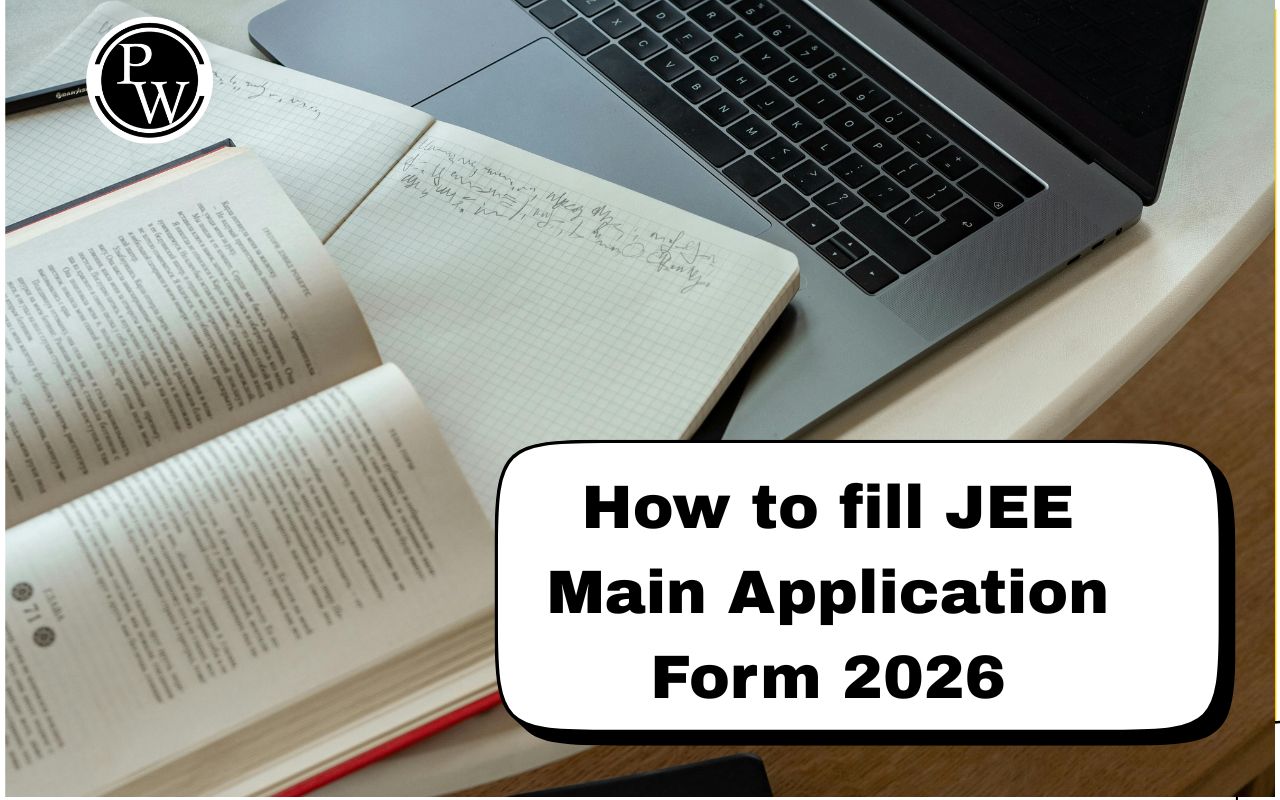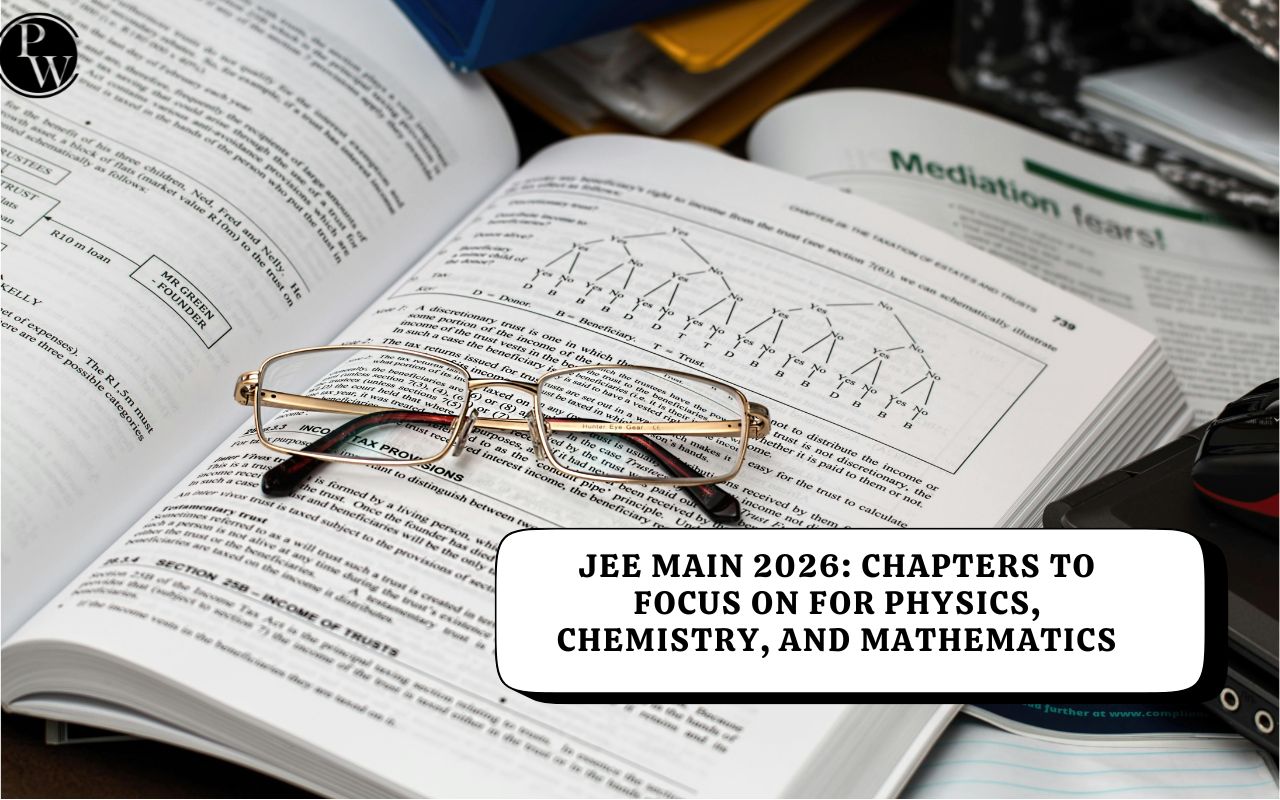

Constraint Relations : We will learn that Similar to projectile motion, there can be several two dimensional motions, in which the laws of motion can be separately applied to x and y directions and later on the developed relations can be linked for getting the required parameters. Sometime x and y directional motion or any two directions of the motion are related by some specific rule, we call such rules as constraint rules. These rules relate one direction of motion of an object with some other direction of the same object or some other object also.
Constraint Relations In Physics For JEE
Constraints mean that two bodies (in this case the bodies which are attached to the pulley) are not free to move the way they want. The accelerations between them are dependent on each other. We need to find out the relationship to solve the problems of Newton's laws of motion. The equations showing the relation of the motions of a system of bodies, in which one motion is constrained by the other motions, are called constrained relations.
Constraints are the geometrical restrictions imposed on the motion of a body, which also govern the trajectory of the body. For example, a block placed on the table cannot move normal to the surface; it is bound to move parallel to the surface. We have to use the method of constraint equations to relate the accelerations between the bodies. First, we start our analysis with simple cases of pulleys.
Look at figure. In this case, let us say that you have to find the acceleration of the masses. The number of unknowns will be1. Tension, T
2. Acceleration, a 1 , of the mass
3. Acceleration of the other body, a 2
There are three unknowns. However, we will get only two equation – one for one mass and another for the other mass. Clearly, you can see that Newton’s laws are not sufficient to solve the problem. In such cases, we need additional equational equations. Therefore, constraints provide additional equations. These are provided by what are called as constraint equations.
Illustration
Illustration :
Figure shows a rod of length
l
resting on a wall and the floor. Its lower end A is pulled towards left with a constant velocity u. Find the velocity of the other end B downward when the rod makes an angle
with the horizontal.
Ans - Here if the distance from the corner to the point A is x and that up to B is y. The velocity of point A can then be given by
Illustration-2
Illustration-2 : In the system shown, if a 1 , a 2 and a 3 be the respective accelerations of 1, 2 and 3, then find a 1 in terms of a 2 and a 3 .
Ans- Let the datum pass from the centre of the pulley. Since the points 1, 2, 3 and 4 are movable, let their displacements at any instant from the datum be x 1 , x 2 , x 3 and x 4 . We observe that.
…(1)
(length of the first string between 1 and 4 is constant)
and
Wedge Constraints
Wedge Constraints : Till now we have discussed the motion of blocks connected by strings governed by pulleys connected in several ways possible. Here we will discuss the relation between the motion of two or more bodies which are in contact and responsible for motion of bodies.
Wedge Constraints Example
EXAMPLE 1 : First, we consider a very simple case shown in Figure (a).
Here a triangular block of mass M is free to move on ground and m is free to move on inclined surface of M. Here M is constrained to move only along horizontal ground and m is also constrained to move only along the inclined surface of M relative to it. Here if M is going toward left with speed v 1 (say), and if on
its included surface m is going down with speed v 2 , then we can state that the net speed of M is v 1 but m is also moving to the left along with M, thus, its net speed is given by vector sum of the two v 1 and v 2 as shown in Figure (b) Same can also be evaluated by using the velocity components in horizontal and vertical directions of small mass m. Here to is going along the incline with a velocity v 2 relative to M and it is also moving with M toward left with velocity v 1 , thus we have Horizontal velocity of m relative to ground is
Pulley Constraint Case I :
Case I: Mass A is connected with a string which passes through a fixed pulley. The other end of the string is connected with a movable pulley N. Block B is connected with another string which passes through the pulley N as shown in figure. Find the reaction between the accelerations of A and B.
Method 1 :
Consider the situation shown in figure. If we consider that mass A is going up by distance x, pulley N, which is attached to the same string, will go down by the same distance x. Due to this, the string which is connected to mass B will now have free lengths ab and cd (ab = cd = x) which will go on the side of mass B due to its weight as the other end is fixed. Thus, mass B will go down by 2x. Hence, its speed and acceleration will be twice that of block B. Hence,
and
Pulley Constraint Shortcut Methods
In the cases, where pulley moves along with the blocks connected on both sides, we can say that the displacement of the pulley is the average of the displacement on both sides of the pulley.
If one end of the string is connected with the fixed end, the displacement of that end can be considered zero.
Constraint Relations FAQs
Q.1: Give two examples of pulley.
Q.2: What are the constraints?












